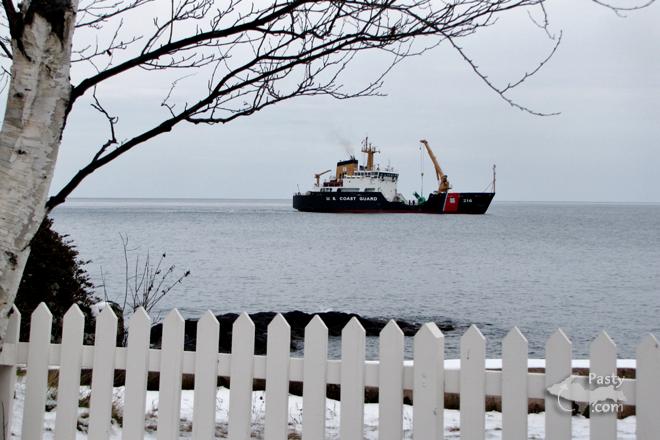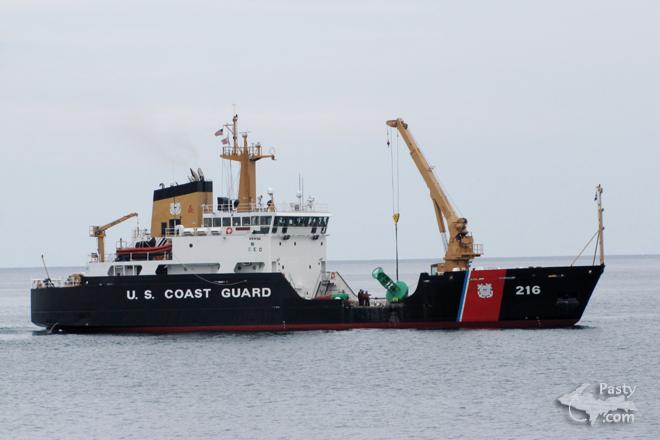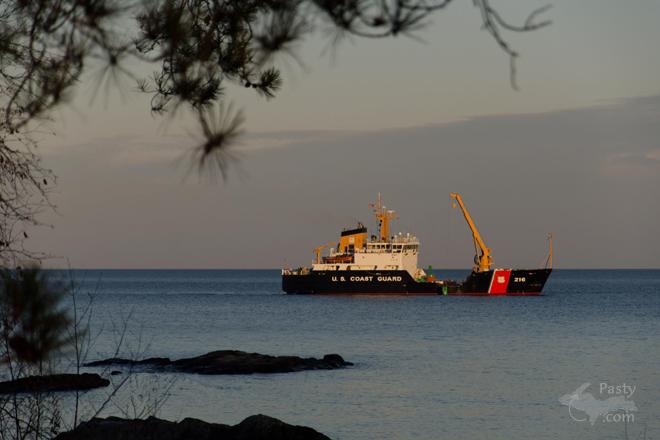By D. A. (Midwested) on Tuesday, November 20, 2012 - 06:36 pm:
Kindred spirits Thomas.
I donít know the average time to retrieve or
deploy a channel marking buoy such as these. A lot
depends upon the weather. They also must retrieve
the concrete anchor and anchor cable. The latest
Juniper class buoy tenders now have GPS controlled
positioning. Both the forward and reverse speed as
well as port and starboard bow thrusters can be
automatically controlled using the global
positioning system. The ships location is
automatically controlled to an accuracy of about
10 meters, even during high winds, heavy seas or
strong currents. Before the advent of this
automatic system, the position had to be manually
controlled so during heavy weather you can imagine
that heavy weight being flung about the side of
the ship and across the open deck.







